Peru has a unique history and cultural diversity, influenced by various races that have shaped its identity. This blend is reflected in its customs, traditions, and festivities; some of these festivities include:
Table of Contents
Next, we will explore the most representative customs and traditions of Peru, which reflect its rich culture and diversity. These practices are key to understanding the identity and daily life of Peruvians.
One of the most significant festivities in Peru is the Procession of the Lord of Miracles, which takes place every October during the "purple month." This celebration attracts thousands of devotees and tourists who gather to honor the image of Christ the Black, one of the most revered religious figures in the country.
Devotion to the Lord of Miracles began in the 17th century after an earthquake devastated Lima, and the image painted on an adobe wall miraculously survived. Since then, Peruvians have celebrated this procession with great devotion, wearing purple clothing and carrying the image on a journey through the streets of Lima and other cities.
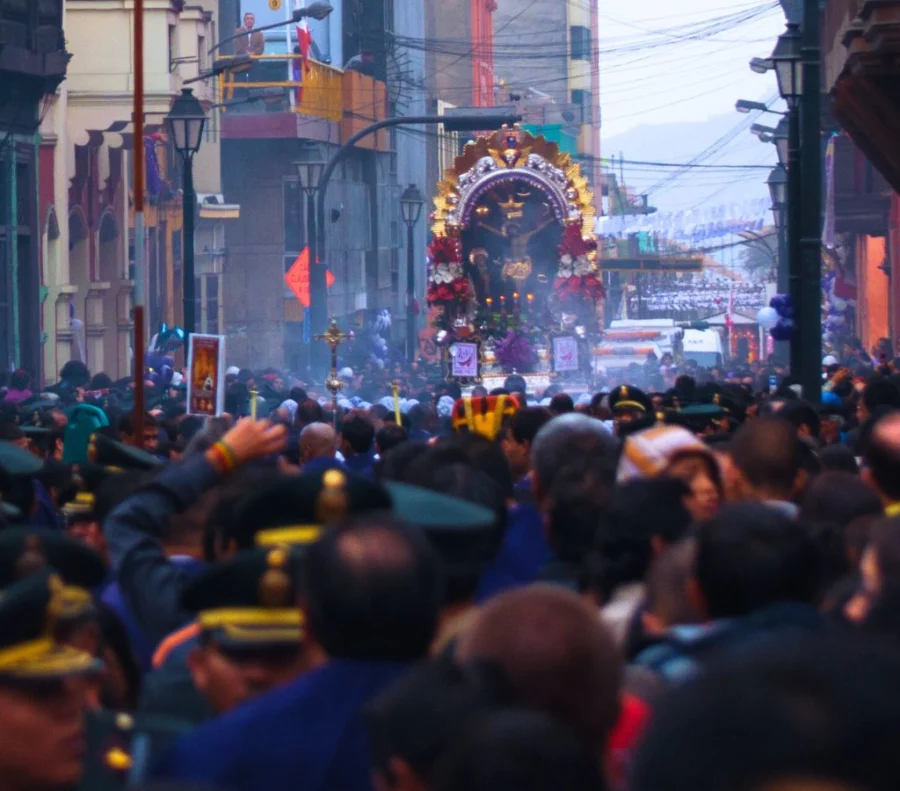
Peru’s National Holidays are celebrated on July 28 and 29 to commemorate the country’s independence in 1821. During these days, the streets are decorated with the national colors, and parades and civic events are held across the country to honor Peru’s history.
On July 28, the president raises the flag at the Plaza de Armas in Lima, marking the start of the celebrations. The next day, July 29, the "Great Military Parade" takes place, a procession that highlights the strength and discipline of Peru’s armed forces.
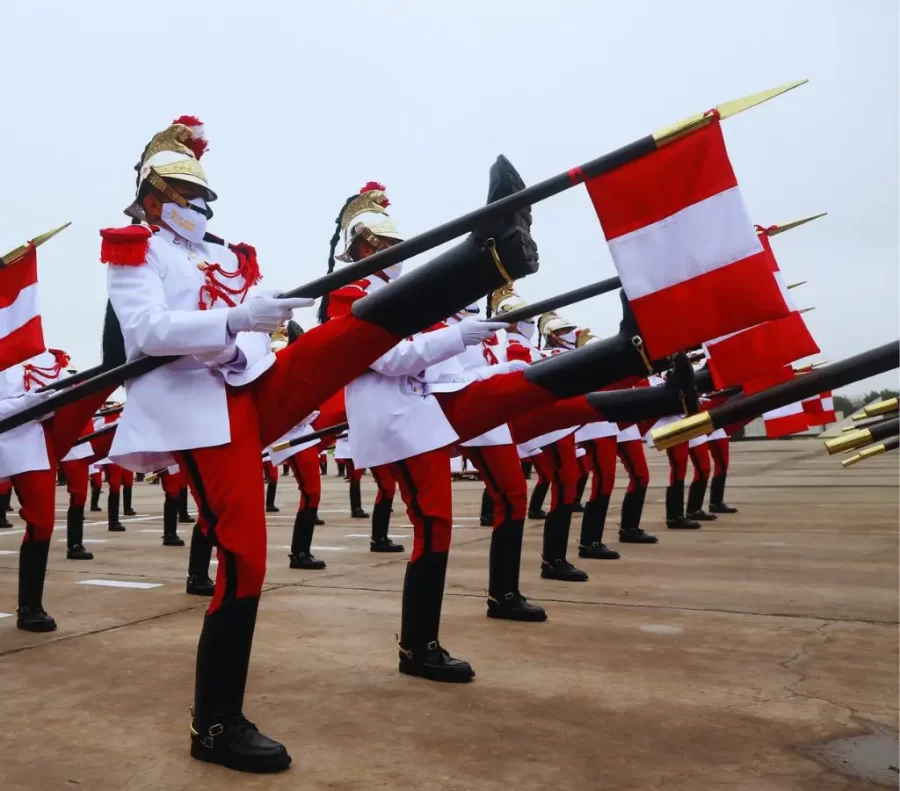
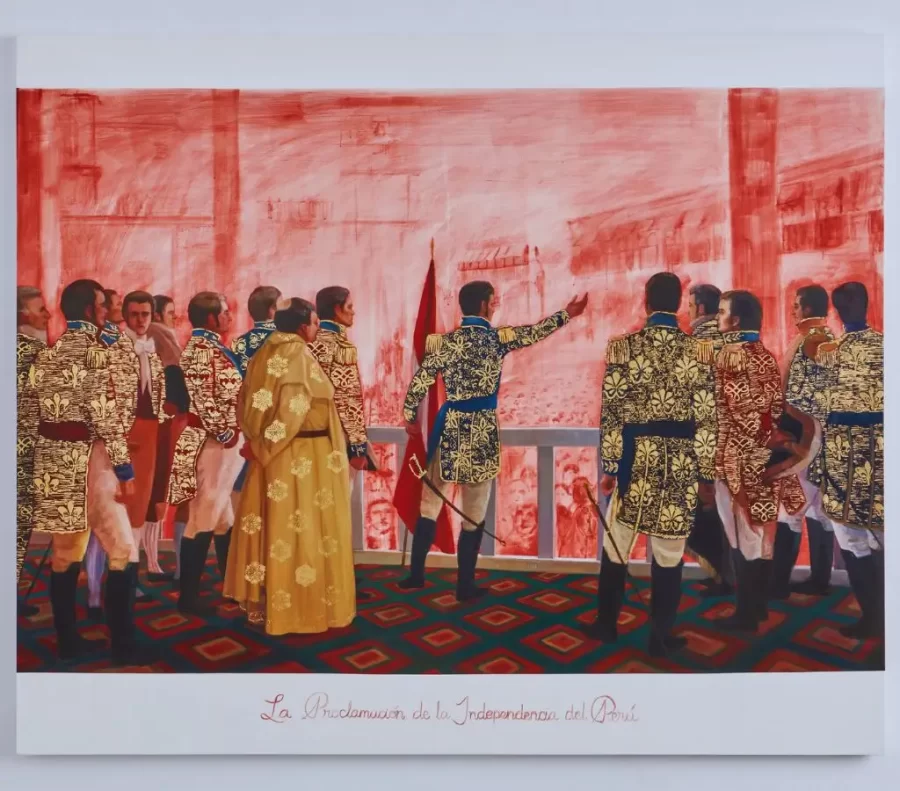
Peruvian cuisine is globally recognized for its diverse flavors and unique dishes, making it one of the most prominent in the world. This recognition has led the country to win several international awards, including the World Culinary Awards, which highlight the quality of its cooking.
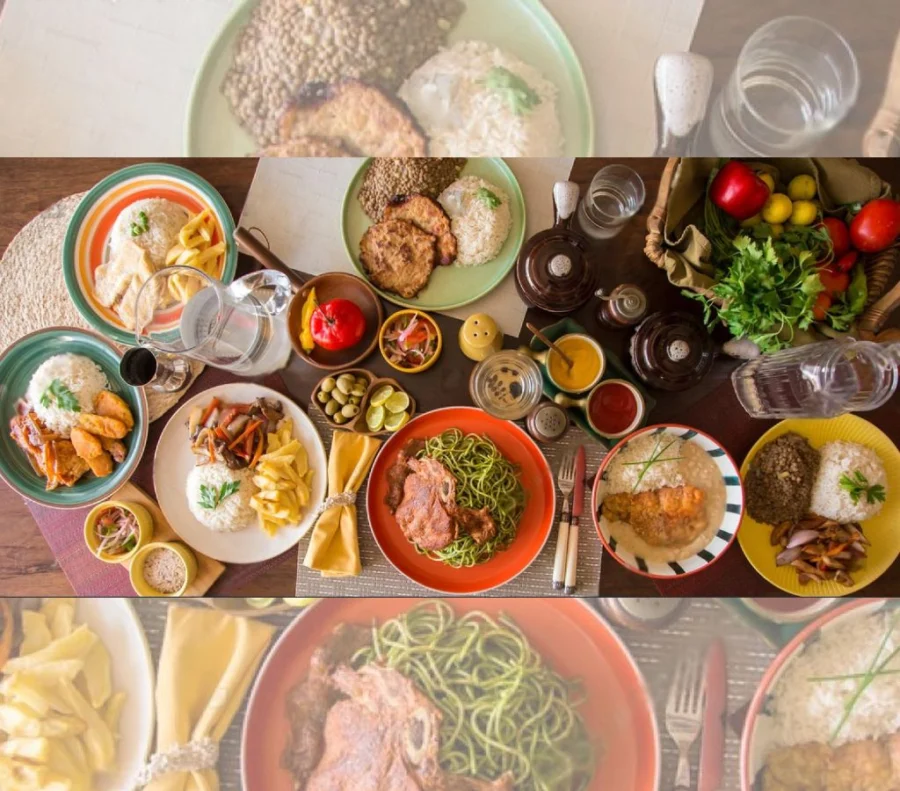
The Virgin of Candelaria Festival, one of the most important religious celebrations in southern Peru, especially in Puno, was recognized as Intangible Cultural Heritage of Humanity by UNESCO on November 27, 2014. This festival attracts thousands of people and is celebrated with great devotion and religious fervor.
The festival takes place between January 24 and February 13, with dances and parades that honor the Virgin Mary. Participants wear colorful costumes and are accompanied by musicians playing traditional instruments, with the "Diablada" dance standing out, symbolizing the eternal struggle between good and evil.
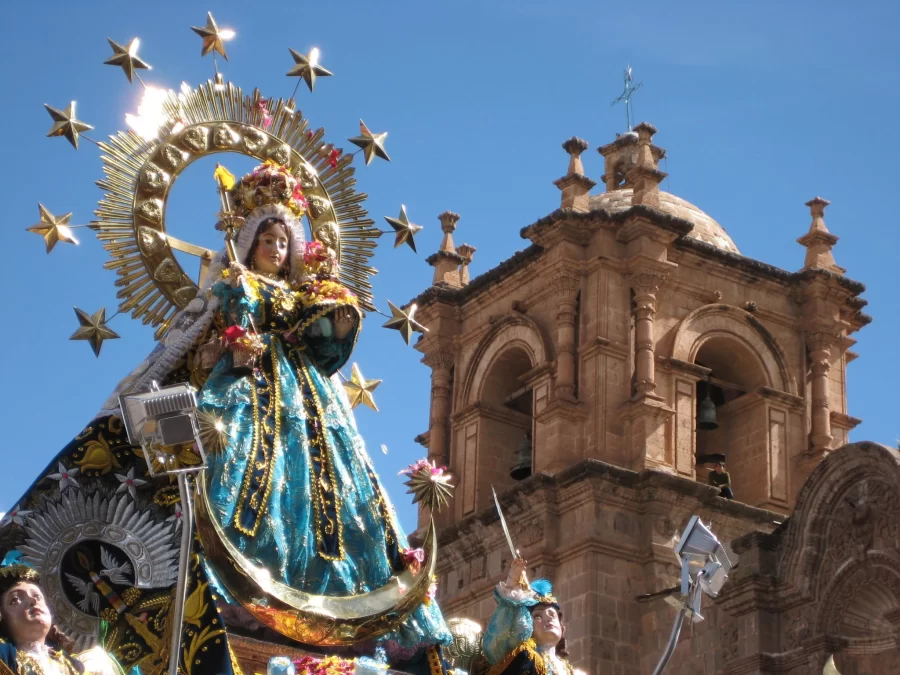
The Virgin of Carmen Festival, declared Intangible Cultural Heritage of Humanity by UNESCO on November 24, 2014, is celebrated in July in the province of Paucartambo, in the Cusco region. This festival represents a fusion of Andean religious traditions and Catholic customs, making it unique and special.
During this festival, participants wear vibrant costumes and perform traditional dances with deep cultural significance. The procession of the Virgin of Carmen is one of the most important moments, as the Virgin's image is carried through the streets in a procession.
The dances performed during this celebration have considerable symbolic value, with the most representative being the Qhapaq Chúnchu, Qhapac Qolla, Qhapac Negro, and Saqras, known for being the small dancers who bring energy to the festival.
Participants wear colorful costumes and perform traditional dances. The procession of the Virgin of Carmen is a central event, where the Virgin’s image is carried through the streets of the city.
Each of these dances is connected to the ancestral traditions of the Andean people, contributing to making the Virgin of Carmen Festival not only an honor to the Virgin but also a preservation and promotion of local culture.
Carnivals in Peru are vibrant and colorful celebrations held in various regions of the country. One of the most famous is the Cajamarca Carnival, celebrated in February, known for its popular parades and the traditional "yunza," a decorated tree that participants try to cut while dancing.
In the Ayacucho region, the carnival is also significant, celebrated with music, dances, and the preparation of delicious traditional dishes that enrich the festivities. Additionally, in Puno and Cusco, the carnival is distinguished by costume contests and impressive parades that fill the streets with joy and creativity.
Each region adds its own unique touch to this celebration, making the Peruvian carnivals a cultural event full of diversity and a showcase of the popular spirit of the communities.
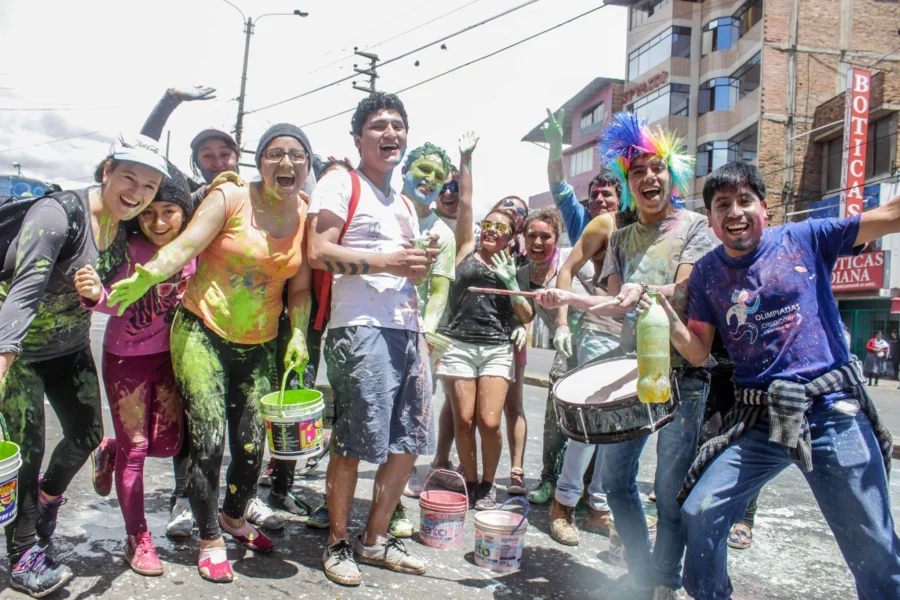
The Inti Raymi is an Incan festival celebrated on June 24 in honor of the Sun God, Inti, in the city of Cusco, attracting thousands of tourists from around the world. This festival honors the Inca’s connection with the sun, a source of life and prosperity for their civilization.
During the celebration, a theatrical reenactment of the ancient Inca ceremony takes place at three key locations: Qoricancha, Plaza de Armas, and the majestic Sacsayhuaman. Participants wear traditional costumes and are accompanied by live music, creating an atmosphere of ancient celebration.
The Inti Raymi is a way of keeping Incan heritage alive and paying homage to the sun, which was central to their worldview. This festival has its origins in the time of Inca Pachacuti, who established it in the 1430s AD as part of religious celebrations.
The festival represents not only a cultural tradition but also a way to preserve the legacy of the ancient Incas, remembering their connection to nature and the gods. Each year, the Inti Raymi remains a vibrant and meaningful tribute to the Inca civilization.
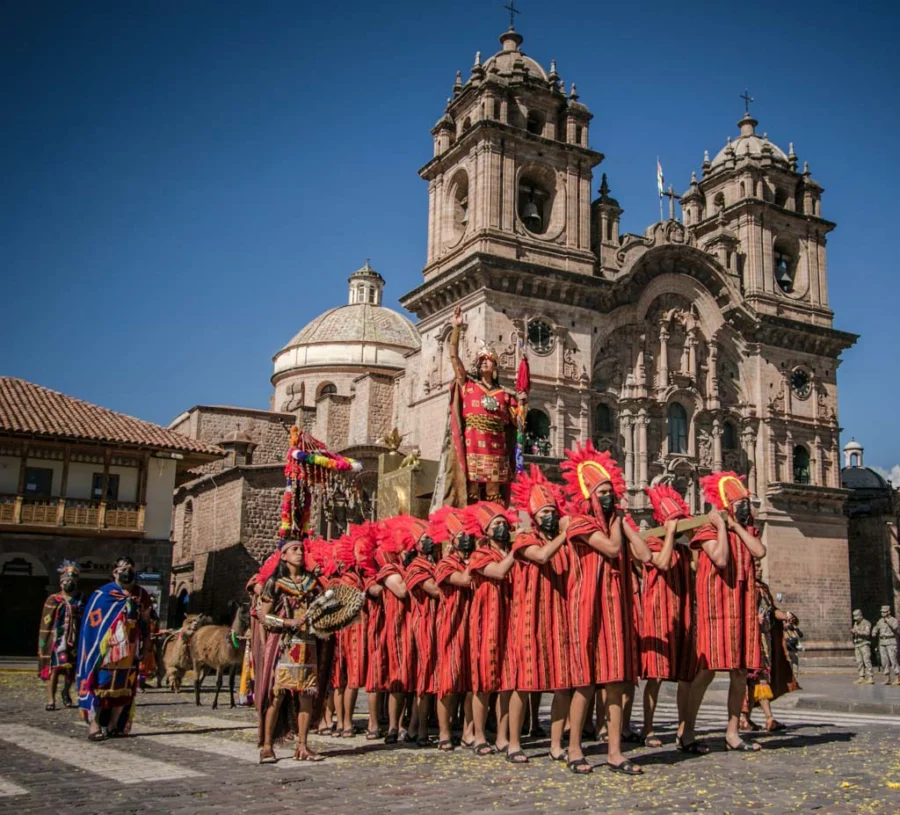
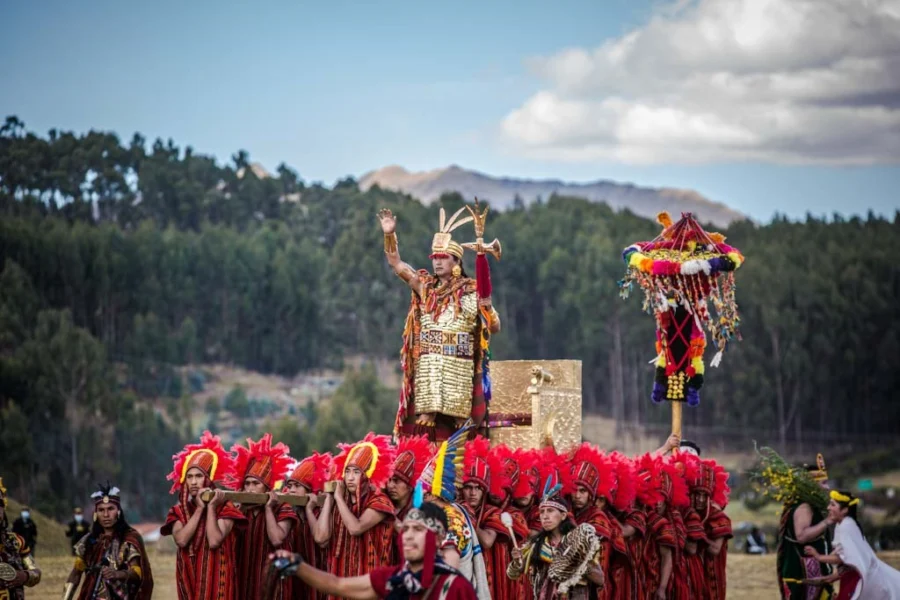
The Payment to the Earth or Pacha Mama is an ancient tradition celebrated throughout Peru, especially in the Andean region, where offerings are made to Mother Earth in a ritual led by a pampa misayoc. This ceremony, held every August 1, aims to thank and communicate with nature, seeking its protection.
Offerings include coca leaves, condor feathers, flowers, grains, cookies, candies, and chicha de jora, along with table wine. These items represent the desire to honor and maintain balance with nature.
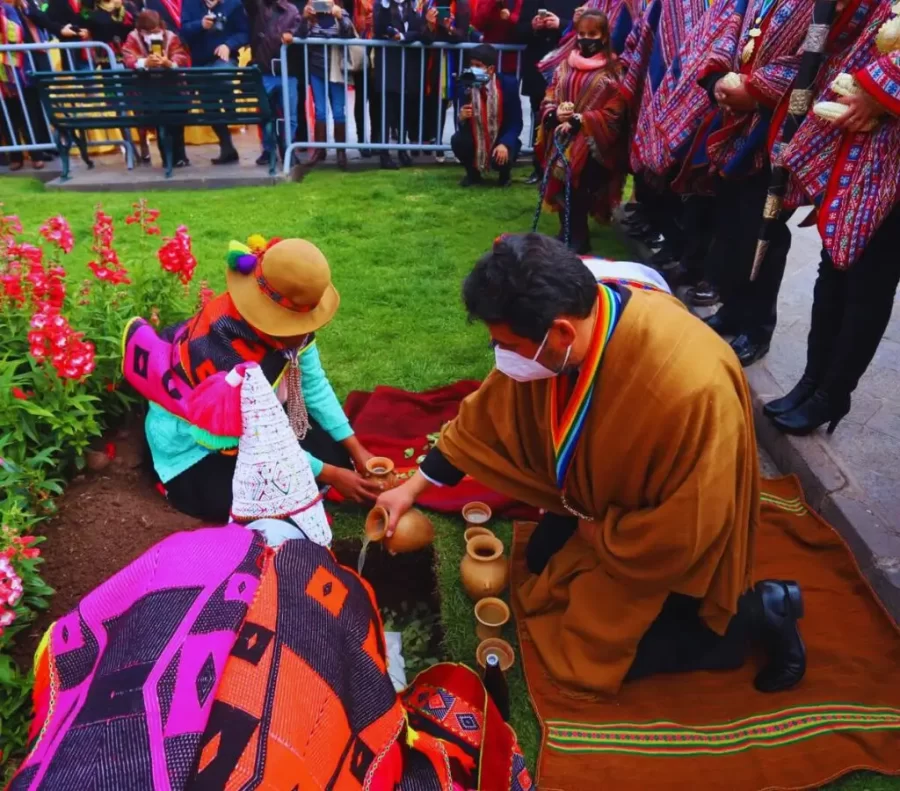
The pilgrimage to the Lord of Qoyllorriti is a religious and cultural celebration held in the Cusco region between May and June, where thousands of pilgrims climb the Sinakara mountain to pay homage and participate in rituals.
The celebration is organized by eight nations, representing different areas of Cusco, allowing for a cultural exchange that reflects the syncretism of the region's cultural diversity.
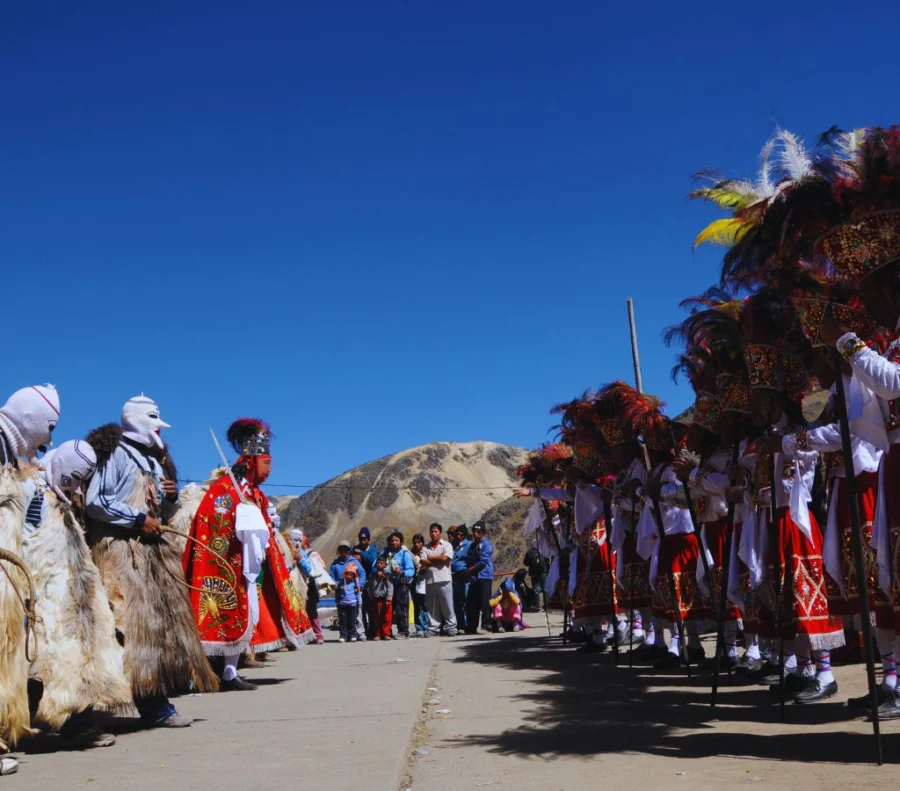
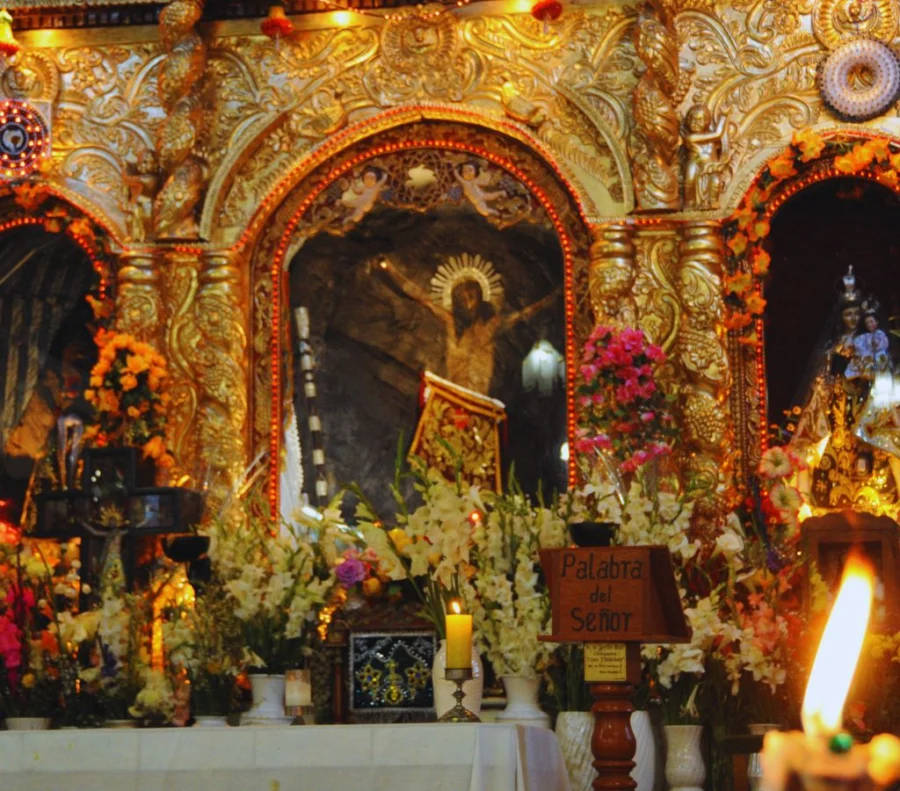
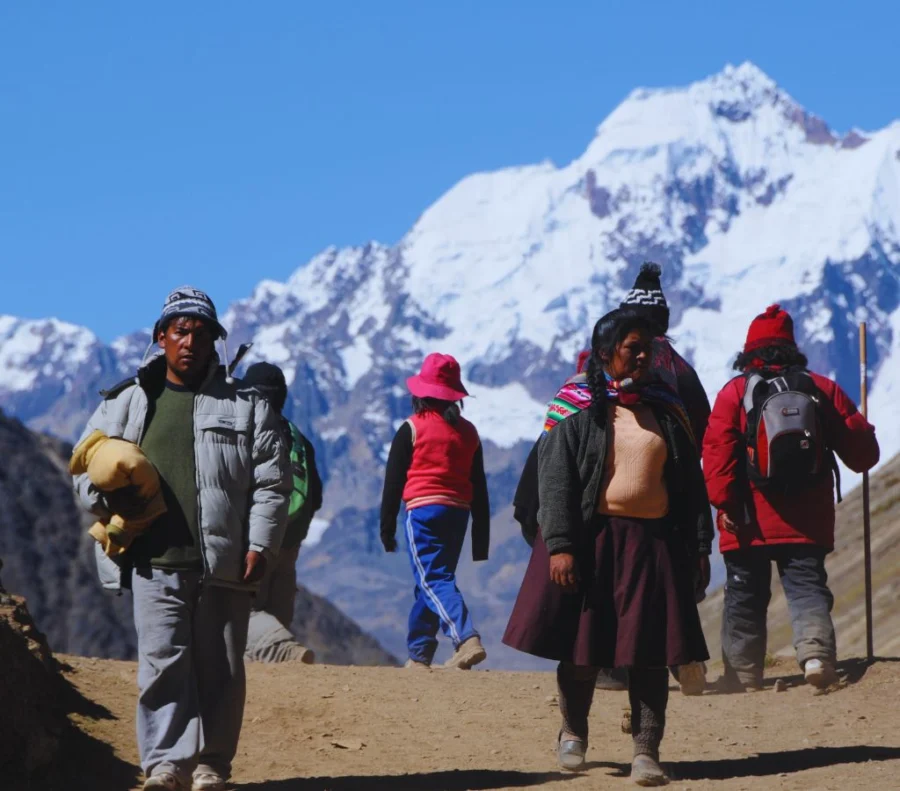
Corpus Christi is a Catholic holiday celebrated worldwide, but in Cusco, it has a special character, taking place 60 days after Easter Sunday. The celebration lasts about a week and is one of the most important in Peru.
With roots dating back to the colonial era, Corpus Christi in Cusco is celebrated with great splendor, featuring processions, dances, and traditional music. During these days, 15 saints and holy figures are carried through the streets of the city on litters by their faithful followers, creating an atmosphere of devotion.
The streets of Cusco are adorned with colorful flower carpets and sawdust, which disintegrate beneath the feet of the bearers and onlookers. Music bands accompany the processions, creating a festive yet solemn atmosphere.
Additionally, attendees enjoy Chiriuchu, a traditional dish that includes chicken, guinea pig, dried meat, chorizo, blood sausage, cheese, seaweed, and toasted corn, among other ingredients, making this celebration a rich culinary experience.

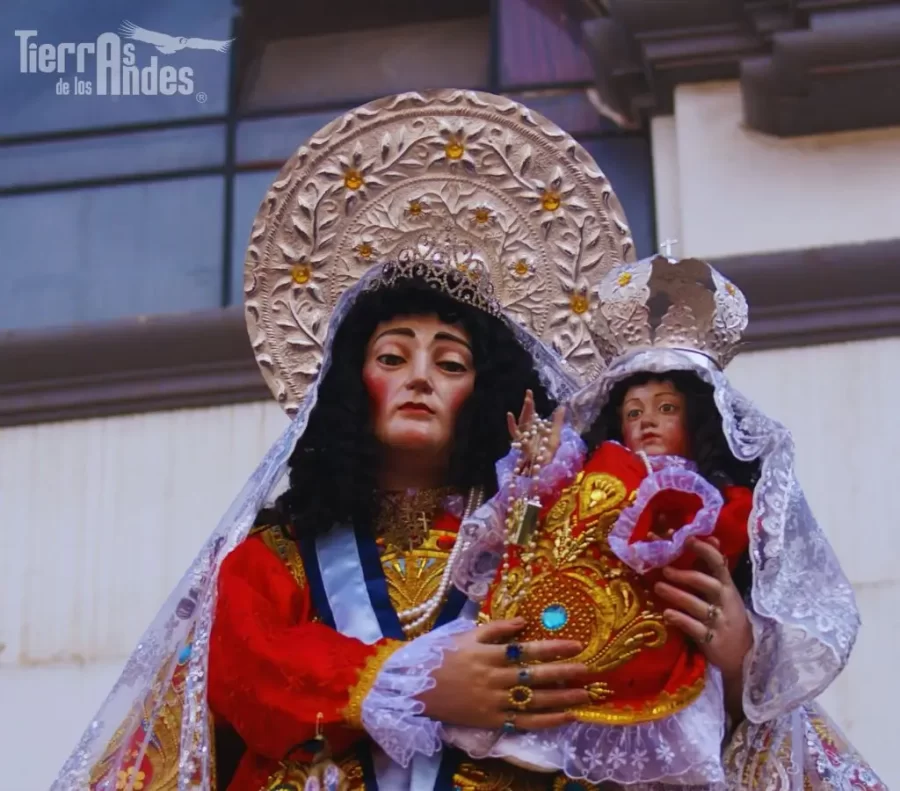
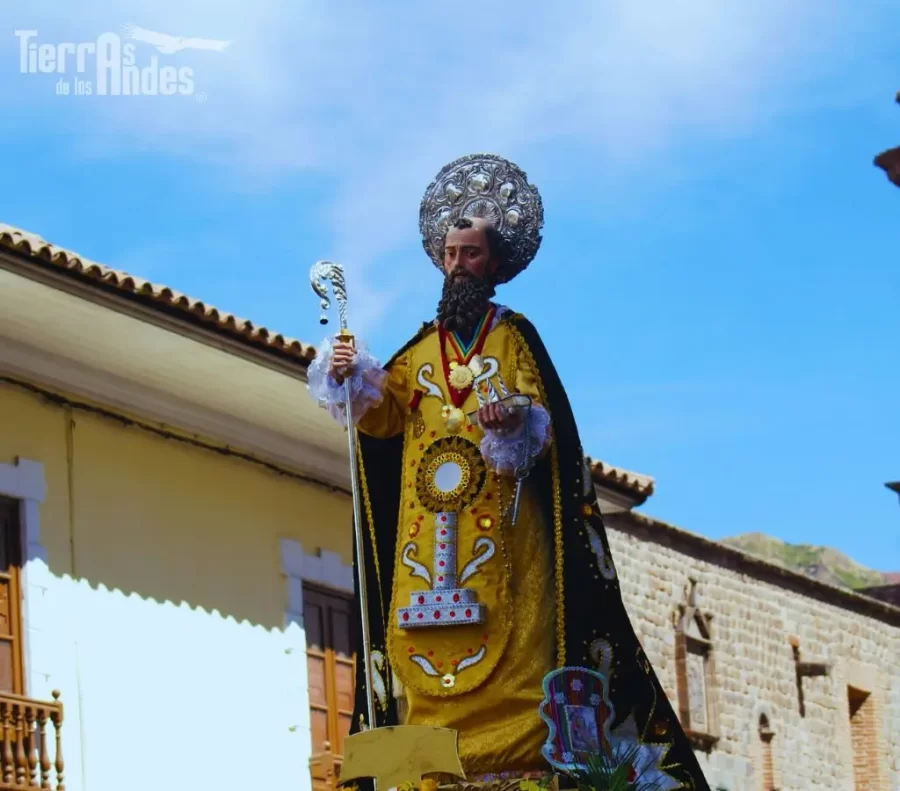
Holy Week in Cusco commemorates the passion and death of Jesus Christ and leads up to Easter Sunday. One of the most significant events is the procession of the Lord of the Earthquakes, held on Holy Monday, where thousands of faithful follow the image of Christ as a sign of devotion.
The streets of Cusco fill with incense and the sound of bells, creating a solemn and religious atmosphere. This event is deeply felt, highlighting the spiritual connection of the people with the Christian tradition.
On Holy Thursday, 12 traditional dishes are prepared in Cusco, representing the food shared on this date. Then, on Good Friday, it is common to make a pilgrimage to the highest mountains, such as Sacsayhuaman, to perform the ritual of self-absolution in memory of the crucified Jesus.
These acts reflect the deep religious devotion of the people of Cusco during Holy Week, intertwining ancestral customs with Christian faith.
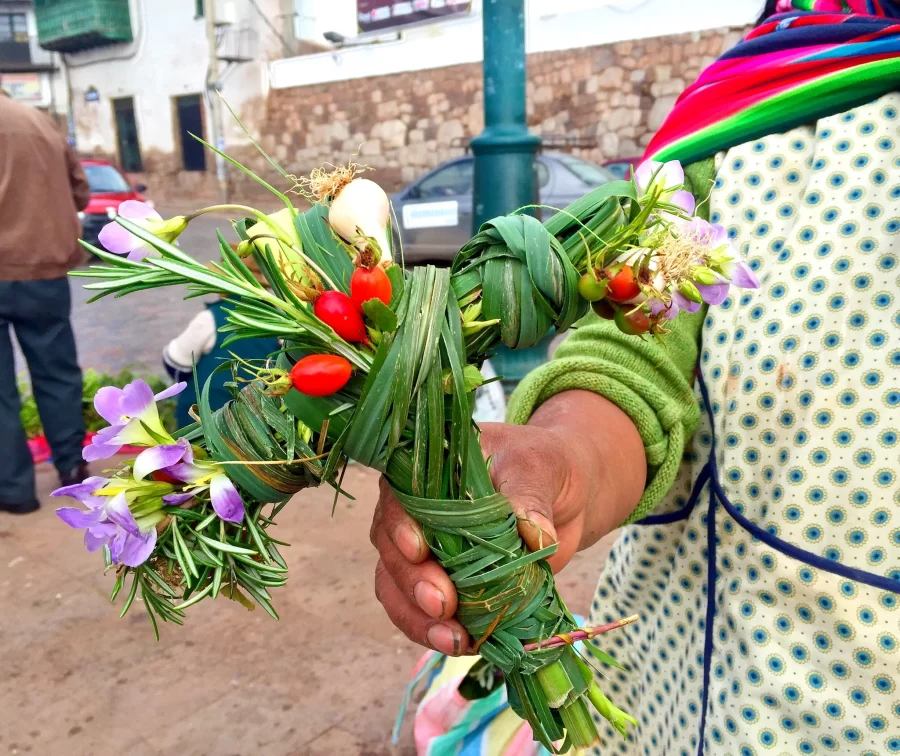
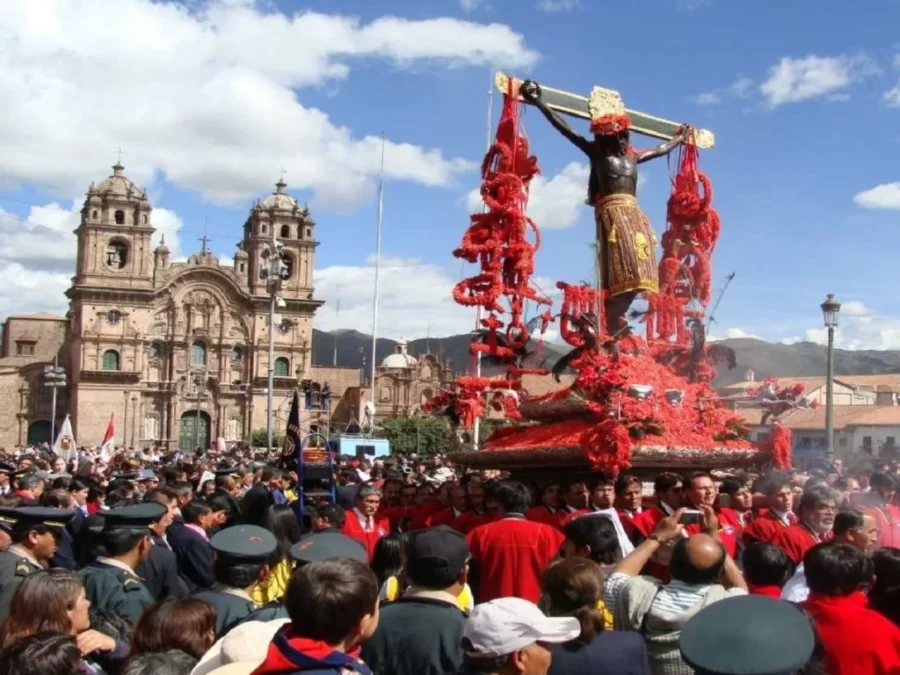
The Fiesta de San Juan is celebrated on June 24 in honor of Saint John the Baptist, originating in the Amazon region. During this festival, people gather around bonfires called shunto, which symbolize purification and renewal.
In the Amazon, the festival includes dances, music, and traditional dishes such as juane, along with healing rituals performed by local shamans. Participants also immerse themselves in rivers and lakes for the "blessed bath".
The Fiesta de San Juan is a celebration that blends religious and pagan elements, representing a unique manifestation of Peru's cultural diversity. This event reflects the deep roots of the Amazonian communities and their connection with nature.
Peru is a country full of regional traditions, ranging from highland dances to Afro-Peruvian music on the coast. Across the country, the festivals showcase the rich geographical and ethnic diversity of the nation.
